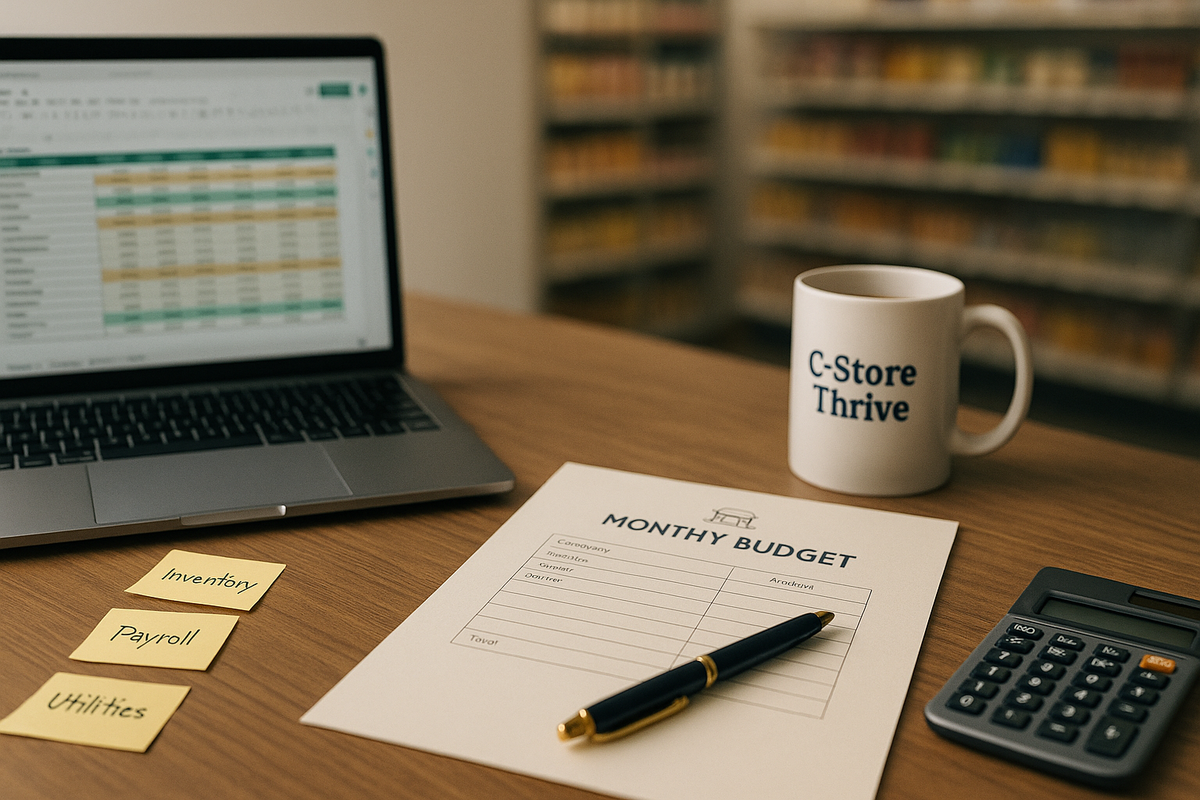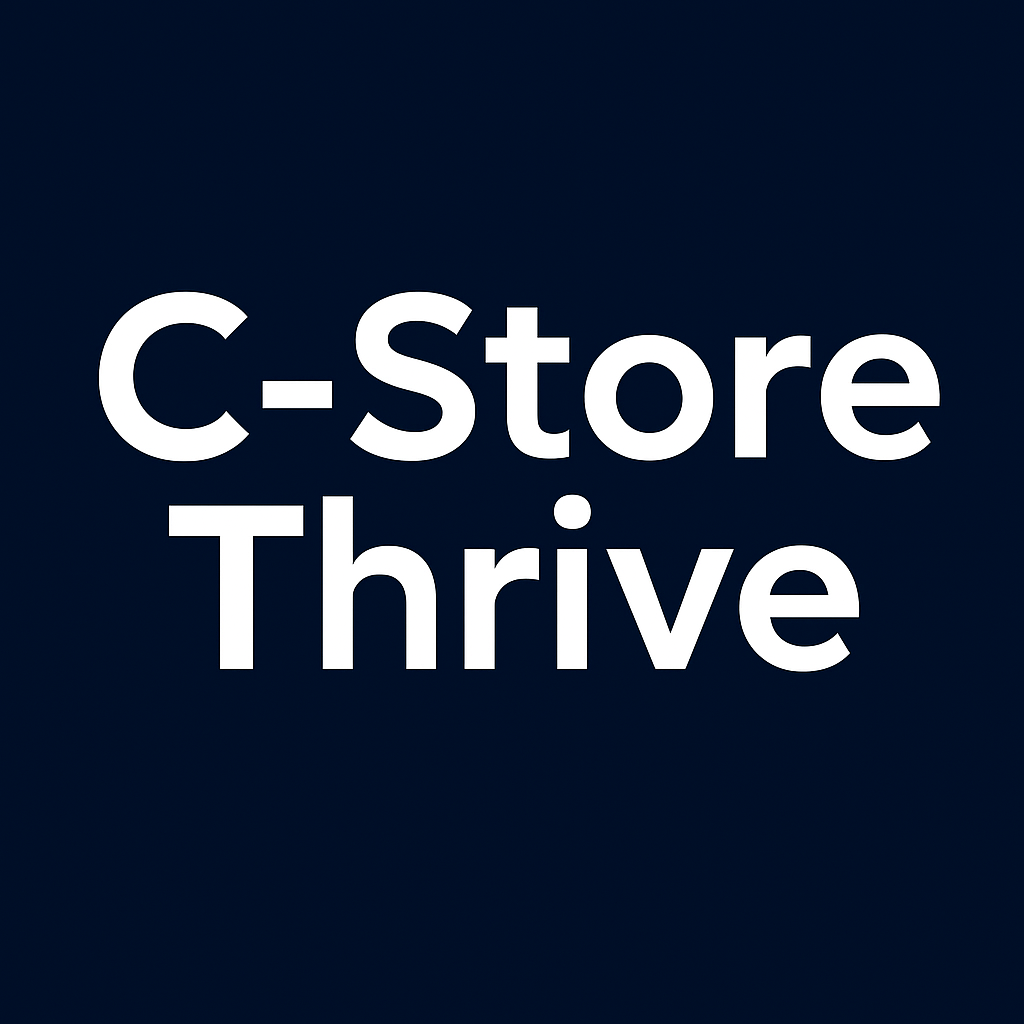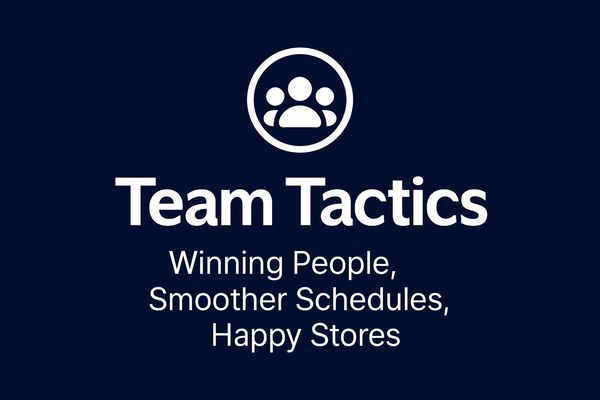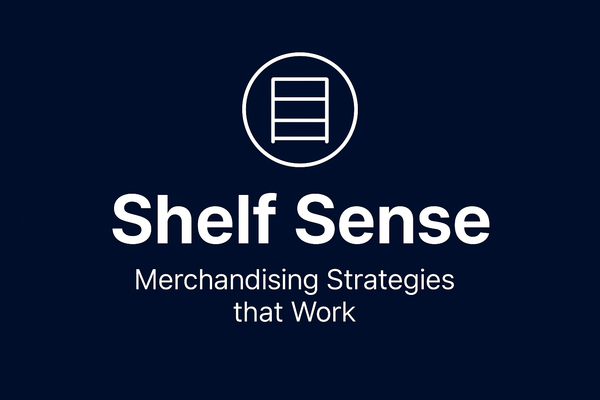How to Create a Budget for a Convenience Store
Structured monthly budgets help convenience stores achieve 23% higher profitability. Effective budgeting starts with realistic sales projections, category-level planning, and systematic expense control to build sustainable operations and maximize revenue.

Effective financial planning separates successful convenience store operations from those struggling to maintain profitability in an increasingly competitive marketplace. Understanding how to create a budget for a convenience store provides managers with essential tools for controlling costs, maximizing revenue, and building sustainable business operations.
"I managed by gut feeling for two years before creating my first real budget," explains Tiffany Green, manager of a suburban Survival Stop location. "Once I started tracking actual numbers against planned targets, I discovered we were hemorrhaging money in areas I never noticed."
Industry data shows that convenience stores operating with structured monthly budgets achieve 23 percent higher profitability compared to locations relying on informal financial management approaches.
Building Your Revenue Foundation
Creating effective convenience store budgets begins with realistic sales projections based on historical performance and market conditions. Analyze previous twelve months of sales data to identify seasonal patterns, growth trends, and category-specific performance that inform future projections.
Sales Goal Framework: Establish monthly sales targets for major categories including fuel, tobacco, beverages, snacks, and prepared foods. Consider local factors like construction projects, school schedules, or seasonal employment that affect customer traffic patterns.
Historical data provides the foundation, but forward-looking adjustments account for planned promotions, competitive changes, or operational improvements that might impact revenue generation.
Marcus Delacroix, whose store serves a busy commuter corridor, emphasizes the importance of category-level planning. "Our fuel sales drive traffic, but inside merchandise generates most of our profit margin. Budgeting each category separately helps optimize the mix."
Essential Expense Categories
Convenience store budgets must account for both fixed and variable costs that affect monthly profitability. Fixed expenses including rent, insurance, and equipment payments remain consistent regardless of sales volume, while variable costs fluctuate based on business activity levels.
Cost of Goods Sold: Typically represents 65-75 percent of total sales revenue. Budget this category by estimating monthly inventory purchases based on projected sales and desired margin targets for each product category.
Labor Expenses: Generally range from 8-12 percent of sales revenue. Include wages, payroll taxes, benefits, and workers' compensation insurance when calculating total labor costs.
Operating Expenses: Utilities, maintenance, supplies, and professional services usually account for 6-10 percent of revenue. Review previous year's expenses and adjust for anticipated changes in utility rates or service costs.
Aaliyah Nakamura, manager at a high-volume urban location, tracks expenses weekly to prevent budget overruns. "I review our major expense categories every Wednesday to catch problems before they impact monthly performance."
Profit Margin Planning
Successful convenience store budgets target net profit margins between 2-6 percent of total sales revenue. This requires careful balance between maximizing gross margins and controlling operational expenses that consume profitability.
Gross Margin Targets: Establish category-specific margin goals based on competitive positioning and customer price sensitivity. Prepared foods often achieve 40-60 percent margins, while fuel operates on much thinner margins but drives traffic.
Expense Control: Identify controllable costs where management actions can influence spending levels. Energy efficiency improvements, inventory optimization, and labor scheduling represent areas where focused attention generates budget benefits.
Monthly Budget Creation Process
How to create a budget for a convenience store effectively requires systematic monthly planning that builds on previous performance while incorporating forward-looking business goals.
Step 1: Sales Projections Start with last year's monthly sales for the same period and adjust for known factors like promotional campaigns, competitive changes, or market conditions affecting customer traffic.
Step 2: Cost Planning Calculate cost of goods sold based on sales projections and target margins. Add fixed expenses and estimate variable costs based on planned activity levels.
Step 3: Profit Calculation Subtract total estimated expenses from projected sales revenue to determine planned monthly profit. Compare this target against historical performance and industry benchmarks.
Riley Washington, whose family operates multiple locations, uses technology to streamline budget creation. "Our budgeting software pulls historical data automatically and lets us adjust assumptions quickly to see how changes affect profitability."
Budget Monitoring and Adjustment
Effective budgets require regular monitoring that compares actual performance against planned targets. Weekly check-ins help identify variances early when corrective action can still influence monthly results.
Track key performance indicators including sales per square foot, gross margin percentages, and major expense categories to understand budget performance drivers. Document significant variances and their causes to improve future budget accuracy.
Understanding how to create a budget for a convenience store transforms financial management from reactive cost control into proactive profit optimization that drives sustainable business success.





